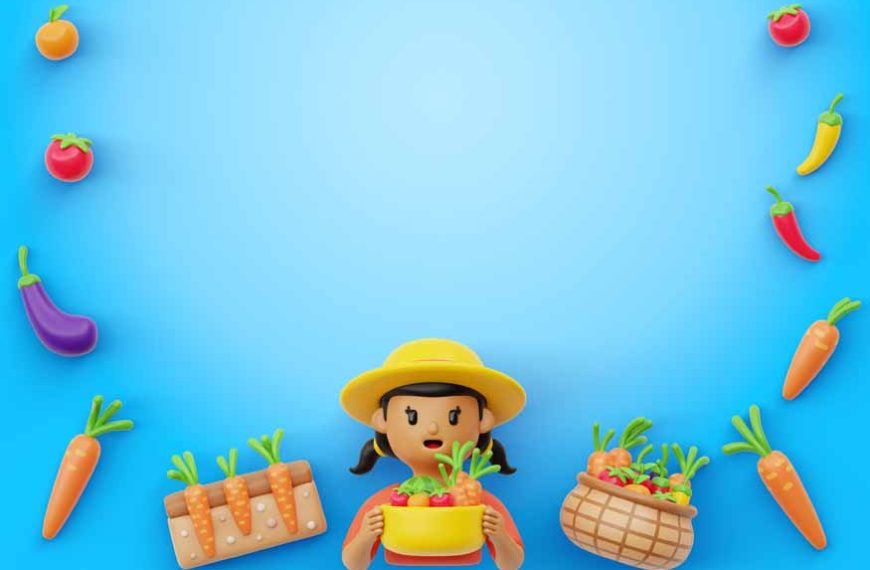Introducing vegetables to toddlers often feels like navigating a culinary obstacle course. The phrase “child refuses to eat vegetables” is all too familiar in many households. However, with patience and creativity, transforming your picky eater into a vegetable enthusiast is possible. This article explores strategies and meal recipes for toddlers who hate vegetables, offering practical tips on how to deal with a picky eater and successfully introduce vegetables into their diet.
Understanding the Picky Eater
Before diving into solutions, it’s crucial to understand why toddlers might be reluctant to eat vegetables. Texture, colour, and taste play significant roles in their preferences. Toddlers are also asserting their independence, and refusing food can be a part of testing boundaries.
How to Deal with a Picky Eater
Managing a picky eater can be a daunting task for any parent. It requires a blend of patience, strategy, and understanding. Here are some additional insights and tips:
- Stay Positive:
- Offer Choices:
- Praise and Reward:
- Consistency is Key:
- Understanding Food Neophobia:
- Non-Pressuring Environment:
- Food Bridges:
- Mealtime Routines:
- Food Stories and Games:
Avoid turning mealtime into a battle. Keep the atmosphere positive and stress-free.
Giving toddlers a choice between two vegetables can give them a sense of control.
Praise them when they try something new, even if they don’t like it.
Maintain a routine and don’t give up. Consistency helps in establishing long-term eating habits.
Many toddlers experience food neophobia, a fear of new foods. Recognizing this as a normal part of child development can help parents approach the situation with more empathy.
Avoid pressuring your child to eat. This can create anxiety around mealtime and make them more resistant to trying new foods.
Use familiar foods as a bridge to introduce new vegetables. If your child likes potatoes, try introducing sweet potatoes or carrots next.
Establishing a consistent mealtime routine can provide a sense of security and predictability, making children more open to trying new foods.
Create stories around vegetables or turn mealtime into a game. For instance, ‘Broccoli forests’ or ‘carrot swords’ can make eating veggies more fun.
Strategies for Introducing Vegetables to Toddlers
- Start Small and Be Patient:
- Variety and Rotation:
- Use Flavour Enhancers:
- Lead by Example:
- Make Food Fun:
- Involve Them in Cooking:
- Sensory Play and Education:
Introduce vegetables in small quantities. Patience is key, as it can take multiple exposures for a child to accept a new food.
Offer a variety of vegetables and keep rotating them to expose your child to different flavours and textures.
Enhancing the taste of vegetables with herbs, spices, or a sprinkle of cheese can make them more palatable to a toddler.
Children mimic adults. Eating vegetables yourself can encourage them to try.
Present vegetables in creative, fun ways. Think colourful veggie faces on plates or playful shapes.
Kids are more likely to eat what they’ve helped prepare. Allow them to wash or sort the vegetables.
Besides cooking, engage your toddler in sensory play with vegetables. Let them feel, smell, and play with vegetables during non-meal times. Educating them about the benefits of vegetables can also spark interest.
Recipes for Toddlers Who Hate Vegetables
- Vegetable-Infused Pasta Sauce:
- Colourful Veggie Pizzas:
- Vegetable Pancakes or Fritters:
- Veggie Smoothies:
- Hidden Veggie Meatballs:
- Veggie-Stuffed Omelettes:
- Sweet Potato Muffins:
- Vegetable Dips:
Blend vegetables like carrots, spinach, or pumpkin into a pasta sauce. It’s a sneaky yet effective way to incorporate greens.
Use whole wheat bases and let your child top their pizza with an array of chopped vegetables.
Grate vegetables like zucchini or carrots and mix them into a pancake batter for a tasty and nutritious treat.
Blend spinach or kale with fruits like banana or mango for a nutritious and delicious smoothie.
Finely grate vegetables like zucchini or carrots and mix them into meatballs or burger patties.
Incorporate finely chopped vegetables like bell peppers and tomatoes into omelettes or scrambled eggs.
Sweet potato can be baked into muffins, offering a sweet yet healthy treat.
Serve raw vegetables with a tasty dip. Hummus or a yogurt-based dip can make raw veggies more appealing.
Health Benefits of Eating Vegetables for Children
- Nutritional Value:
- Disease Prevention:
- Digestive Health:
- Healthy Eating Habits:
- Cognitive Development:
Vegetables are packed with essential nutrients, vitamins, and minerals necessary for a child’s growth and development.
Regular consumption of vegetables can reduce the risk of many chronic diseases later in life, such as heart disease, certain cancers, and obesity.
High in fibre, vegetables help in maintaining a healthy digestive system and prevent constipation, a common issue in toddlers.
Introducing a variety of vegetables early on helps in developing healthy eating habits that can last a lifetime.
Nutrients found in vegetables like leafy greens are essential for cognitive development and can improve concentration and brain function.
Dealing with Setbacks in Vegetable Consumption Amongst Children
Dealing with setbacks is an inevitable aspect of introducing vegetables to children. It’s important to remember that these setbacks are not failures but part of the learning process for both the child and parent. When a child refuses a vegetable, it doesn’t mean the effort is wasted; rather, it’s an opportunity to reassess and adjust strategies. It’s crucial to maintain a calm and positive approach, avoiding any negative associations with mealtime. Instead of forcing or bribing children to eat their greens, continue to offer a variety of vegetables without pressure, allowing them to explore at their own pace.
Celebrate small victories, like when they try a tiny bite, and don’t get disheartened by rejection. Consistency is key – regular, gentle exposure can gradually change their preferences. It’s also beneficial to involve them in food selection and preparation, making them feel more in control and invested in what they eat. Patience, persistence, and a non-judgmental environment will eventually help most children overcome their reluctance towards vegetables, paving the way for healthier dietary habits in the long run.
Transforming a vegetable-averse toddler into a veggie lover is no small feat, but it’s achievable with persistence and creativity. Remember, it’s about making gradual changes and not forcing them to eat. With time, patience, and the right approach, your child can learn to appreciate the taste and benefits of vegetables.
At EuroKids, we understand the challenges parents face with picky eaters. We believe in nurturing healthy eating habits from a young age. By incorporating fun, educational approaches, and innovative recipes, we strive to make mealtimes enjoyable and nutritious.
















